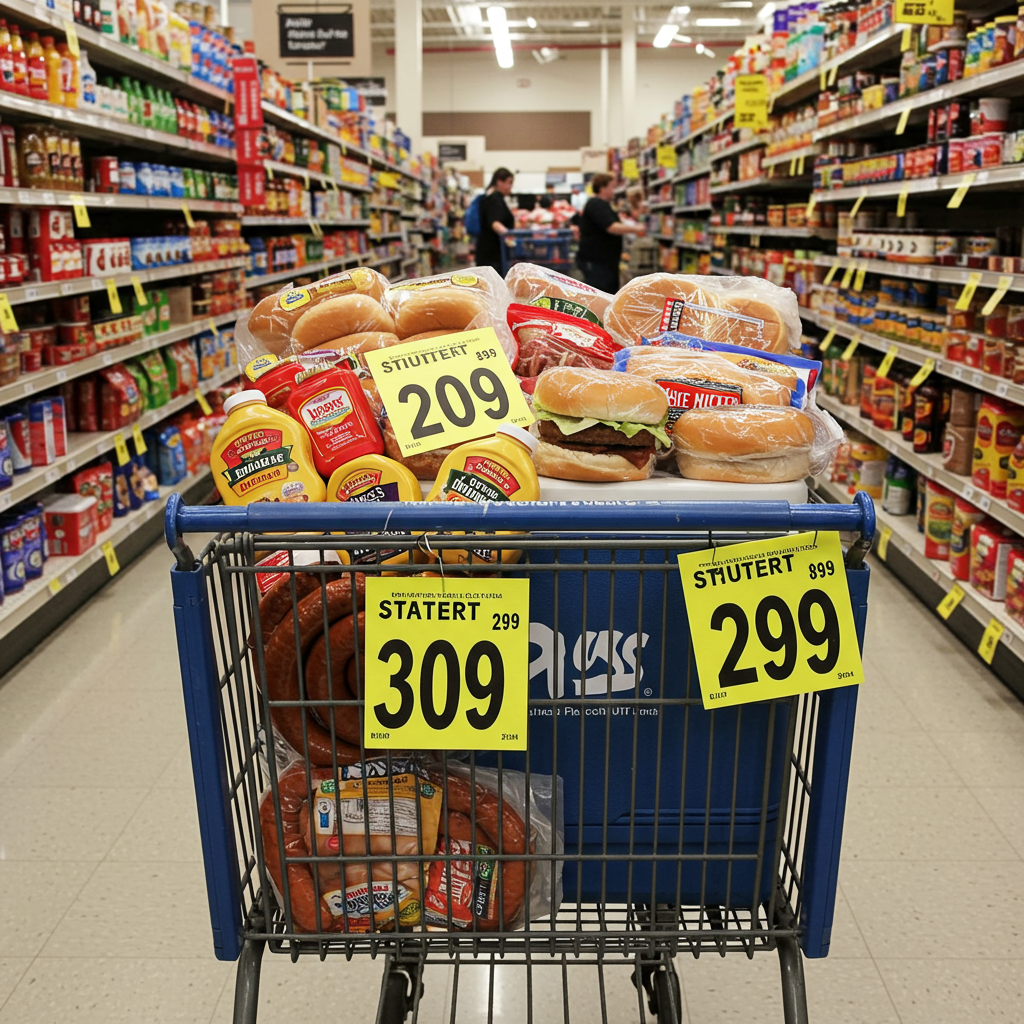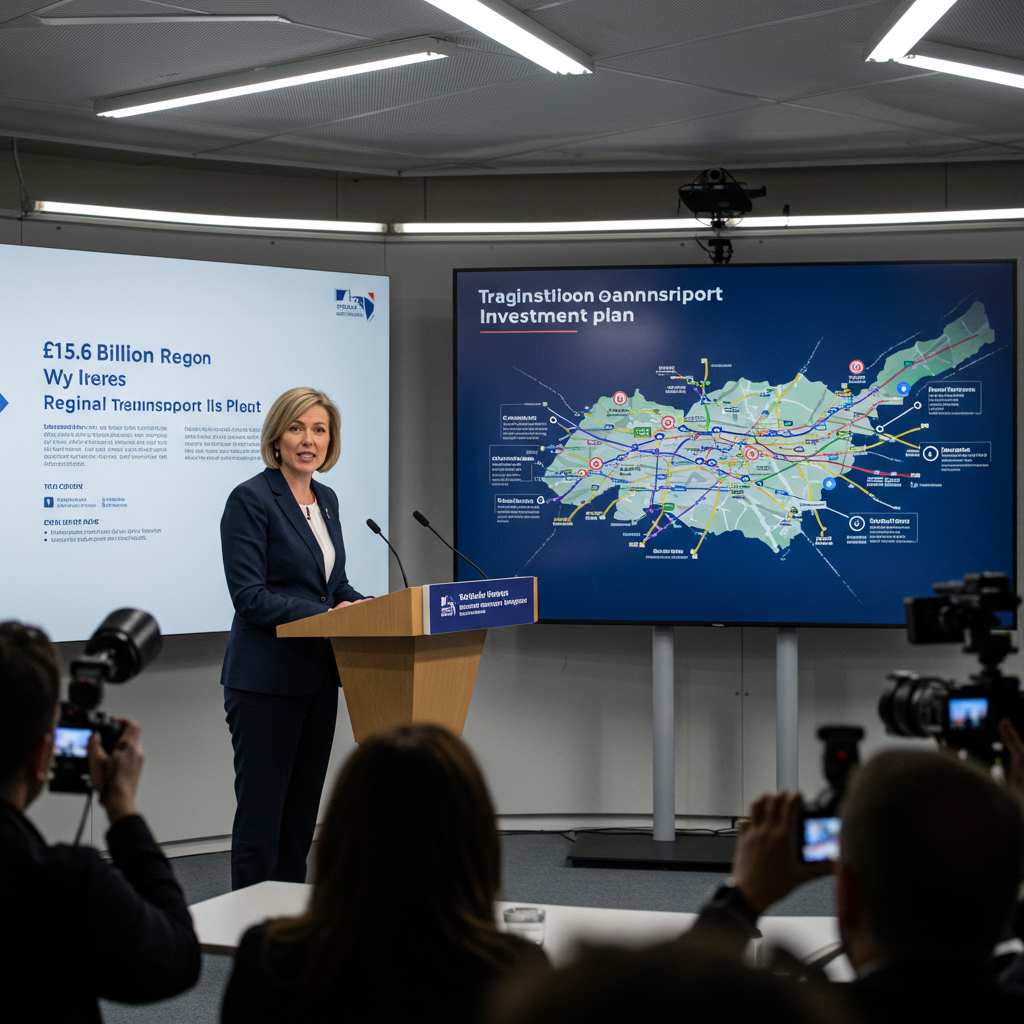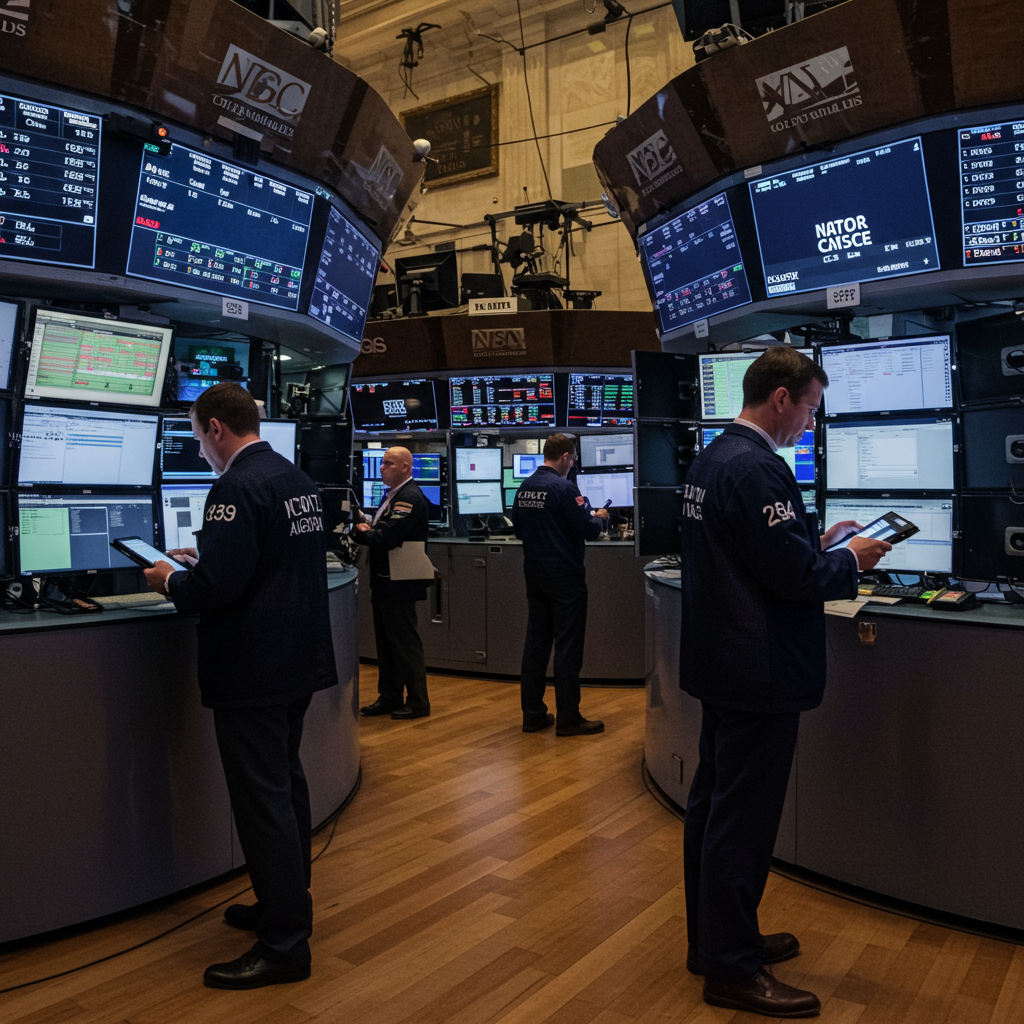Planning your classic wisconsin summer cookout this year? Get ready for your grocery bill to look a little different. According to the latest annual survey from the Wisconsin Farm Bureau, the cost to host a barbecue for ten people has increased. This marks a shift after recent years saw a slight decline in expenses. Understanding why prices are climbing, especially for popular protein items, can help shoppers navigate the grilling season.
Decoding Wisconsin’s Rising Cookout Expenses
The Wisconsin Farm Bureau’s survey, tracking prices for 12 common cookout items, found the average cost for a meal for ten people this year is $69.03. This figure represents a 4% jump compared to the price recorded in 2024. This increase pushes the cost closer to the record high of $69.74 seen in 2022. While costs had eased slightly in the interim, the trend is now pointing back upward.
Several factors contribute to this renewed pressure on cookout budgets. The most significant influence comes from rising prices on key protein ingredients.
The Ground Beef Surge: A Major Driver
If ground beef is on your grilling menu, you’ll likely see the biggest impact. The survey shows the average price for two pounds of ground beef at Wisconsin grocery stores reached $11.85 this year. That’s a notable increase of nearly 7% compared to last year’s state average. This jump in Wisconsin outpaces the national trend, which saw a rise of just over 4% for the same item.
The reason for this significant beef price hike is tied to national supply dynamics. U.S. beef prices hit a record high in May. Experts anticipate these elevated costs will persist. The primary culprit is a reduced supply of cattle across the country.
Agricultural economics professor Brenda Boetel from the University of Wisconsin-River Falls explains the situation. She notes that producers who finish beef cattle have faced profitability challenges in the past. This led to smaller cattle numbers in the U.S. While recent higher prices are starting to improve margins for these farmers, rebuilding herds takes considerable time.
Producers must keep more calves for breeding rather than sending them for processing. This necessary step tightens the available supply in the short term before herd numbers can grow. “We’re kind of in that stage right now,” Boetel observes, describing the current tight supply phase.
Other Meat Price Trends: Pork and Chicken
Beef isn’t the only protein seeing price shifts, though trends vary. In Wisconsin, the survey found the price for three pounds of pork chops increased by 4%. This local trend contrasts sharply with the national picture. Nationally, the price of pork actually fell by nearly 9% from 2024. This difference likely reflects regional availability compared to the broader U.S. market.
Chicken breasts also saw a slight price increase in Wisconsin this year. The average price for two pounds came in at $8.94. This local price was notably more than a dollar higher than the national average. Earlier in the year, chicken and egg prices were high due to avian influenza outbreaks affecting poultry farms. However, survey results suggest some relief is appearing for consumers as chicken populations recover nationwide.
Consumer Demand Remains Strong
Despite facing higher costs at the checkout, consumer demand for beef remains robust, particularly during the summer grilling season. Professor Boetel links this sustained demand to consumer sentiment about the economy. When people feel financially secure and aren’t worried about job stability, they tend to be more willing to spend extra on items like beef. This indicates that while prices are a factor, perceived economic stability plays a significant role in purchasing decisions.
Wisconsin vs. The National Cookout Tab
How does Wisconsin’s cookout cost stack up nationally? The U.S. average for the same survey basket this year was $70.92. This national total was actually slightly lower (30 cents or less than 1%) than last year’s national average. However, it still sits about 19% higher than the same national survey conducted five years ago.
Cassie Sonnentag, communications director for the Wisconsin Farm Bureau, points out that Wisconsin’s average cost is currently lower than the national average. This difference is partly due to the readily available nature of many surveyed items across Wisconsin and the Midwest. However, Sonnentag notes that Wisconsin prices are “coming up to that national average in a lot of these different spaces.” The state average appears to be converging with the national benchmark over time.
The Farmer’s Share: High Prices Don’t Always Mean High Profit
It’s important to note that the higher prices consumers pay at the grocery store don’t necessarily translate into significantly higher profits for farmers. Farm Bureau representatives highlight that farmers are typically “price takers,” meaning they have limited control over the prices they receive for their products. While recent beef price increases might improve margins slightly for cattle finishers, farmers’ own operational costs for labor, transportation, and supplies have also risen. Farmers generally receive only a small fraction of the final retail food dollar, often cited around 15 cents.
Smart Strategies for Your Summer Grilling Budget
Given the rising costs, especially for meat, Wisconsin shoppers can look for ways to manage their cookout spending. Paying close attention to grocery store sales is a key strategy. Focusing on items that are currently in season can also offer better value. For Wisconsin shoppers, this might include seasonal produce like strawberries, peas, or corn. Exploring local brands, where available, might also present cost-saving opportunities. Adapting your menu or finding alternative protein sources could help keep the bill down while still enjoying the summer grilling tradition.
Frequently Asked Questions
How much is the average cost for a summer cookout in Wisconsin this year?
According to the Wisconsin Farm Bureau’s latest survey, the average cost for a summer cookout feeding ten people in Wisconsin is $69.03. This represents a 4% increase compared to the price reported in 2024, making it the second-highest cost recorded by the survey, nearing the peak seen in 2022.
What factors are causing higher ground beef prices for Wisconsin cookouts?
Ground beef prices in Wisconsin increased by nearly 7% this year, driven primarily by a national shortage of cattle. Agricultural experts explain that past profitability issues led to fewer cattle being raised. While recent higher prices are improving farmer margins, rebuilding herds takes time, requiring producers to hold back animals for breeding, which limits the immediate supply available for processing.
What are some ways Wisconsin shoppers can save money on cookout essentials?
To manage rising cookout costs, Wisconsin shoppers can look for grocery store sales, especially on meat items. Buying produce that is currently in season in Wisconsin, such as strawberries or peas, can also help reduce expenses. Exploring local brands and potentially adjusting the menu to include less expensive protein options are additional strategies for saving money during the grilling season.
Conclusion
While the spirit of the summer cookout remains a Wisconsin tradition, the price tag attached to it has certainly increased this year. Driven largely by higher beef prices resulting from national cattle supply issues, along with smaller increases in pork and chicken, the cost for a typical spread for ten people is up 4%. Although Wisconsin’s average cost is currently slightly lower than the national figure, it appears to be trending upward. By staying informed about price trends and employing smart shopping strategies, Wisconsinites can still enjoy their grilling season, even if it costs a little more than last year.




